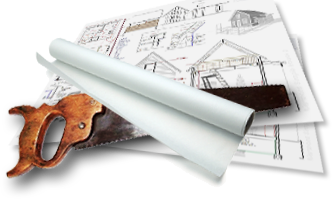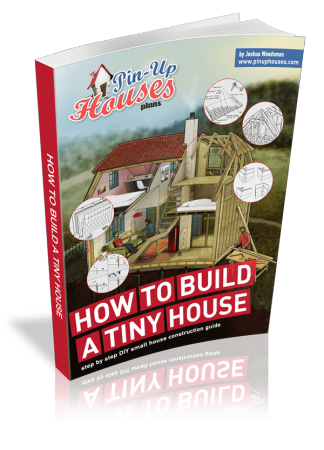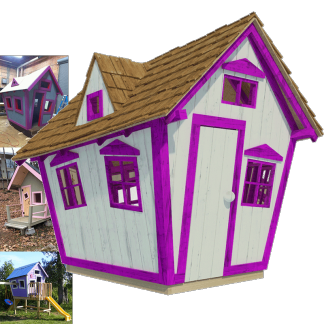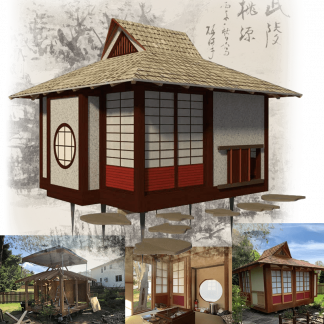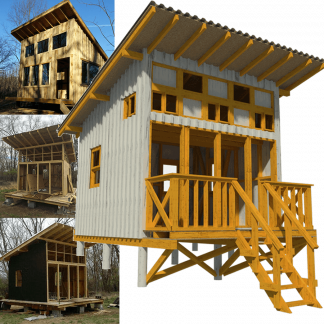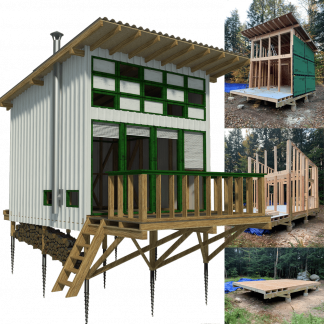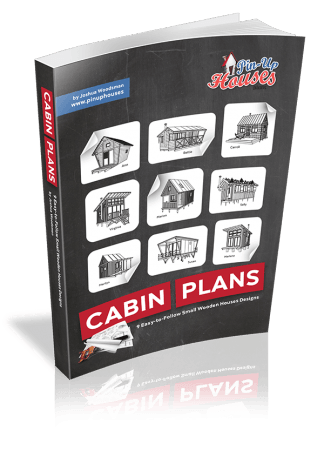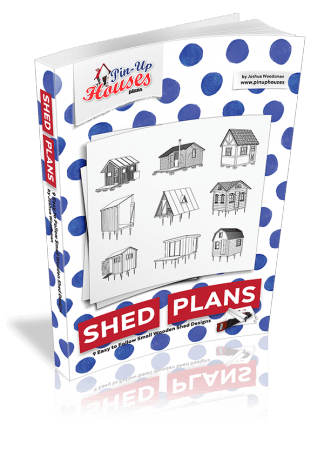Living in a tiny house is about more than just downsizing. It’s about embracing efficiency, sustainability, and creativity. With homes ranging between 100 and 400 square feet. The key to comfort lies in wise design choices and lifestyle adjustments that make small spaces feel larger, cozier, and fully functional. Here are five strategies to maximize comfort while keeping your tiny house stylish and efficient.
1. Smart Space-Saving Furniture
In a tiny home, every piece of furniture needs to do more than one job. Fold-down desks, Murphy beds, and sofas with hidden storage compartments transform small rooms into multi-purpose spaces. Multi-functional furniture like beds with built-in drawers or dining tables that double as workstations can drastically cut clutter. By investing in convertible pieces, you make the most of limited square footage without sacrificing comfort.
2. Hidden Storage and Vertical Solutions
Tiny house living thrives on creative storage. Instead of sprawling cabinetry, focus on vertical space with tall shelving units, wall-mounted hooks, and pegboards. Hidden storage under stairs, seating, or loft beds is invaluable for keeping essentials away: even recessed niches and foldable counters free up valuable floor space. A tidy, clutter-free environment boosts organization and enhances the sense of openness.
3. Natural Light and Open Layouts
Light and layout are essential in making small spaces feel bigger. Large windows, skylights, and glass doors invite natural light, while mirrors bounce around the home. Sliding doors and open floor plans improve airflow, creating a seamless connection between indoor and outdoor areas. Pairing light colors with reflective surfaces makes rooms feel airy, spacious, and welcoming.
4. Practical Lifestyle Adjustments
Tiny house living is as much about mindset as it is about design. Downsizing means embracing minimalism, fewer possessions, simpler routines, and focusing on experiences over material items, decluttering, and using concealed storage to maintain a clean aesthetic. Adjusting your daily habits, like keeping counters clutter-free or embracing outdoor living with decks or rooftop gardens, helps create balance and comfort in minimal square footage. Buying before selling can ease the shift for homeowners transitioning from larger houses, ensuring you have a new space ready before downsizing altogether.
5. Affordability and Flexibility
Tiny houses are not only stylish but also cost-effective. They have lower building and maintenance costs, reduced utility bills, and eco-friendly options like solar panels and composting systems. These benefits make tiny houses appealing to people seeking financial independence. When it comes time to move or sell, working with low-commission real estate agents can maximize profit while reducing costs, helping tiny house owners stay true to the minimalist, budget-conscious lifestyle.
Conclusion
Tiny house living proves that less really can be more. Small spaces can feel surprisingly open and comfortable by investing in multi-purpose furniture, using vertical storage, maximizing natural light, and adopting a minimalist mindset. Pair these design strategies with thoughtful financial planning, and you’ll discover that tiny homes offer both affordability, sustainability, and a cozy, fulfilling way of life.

